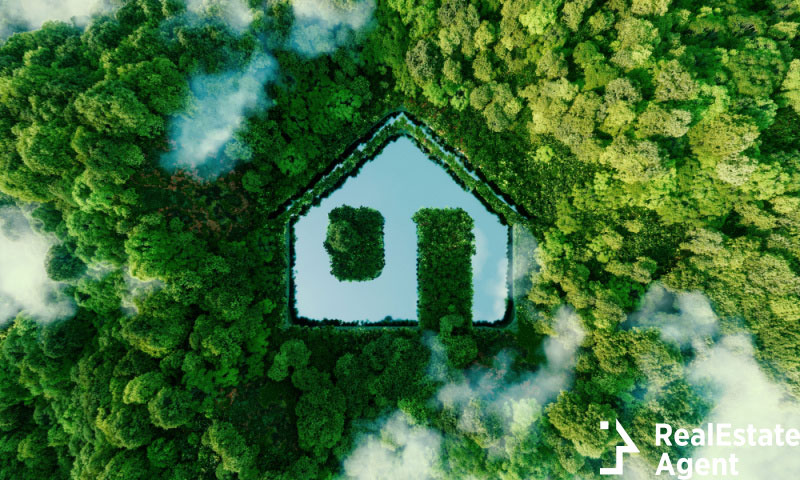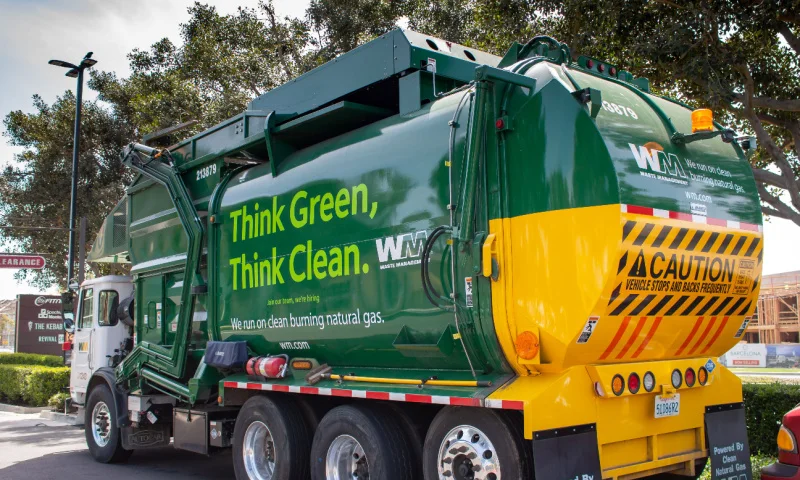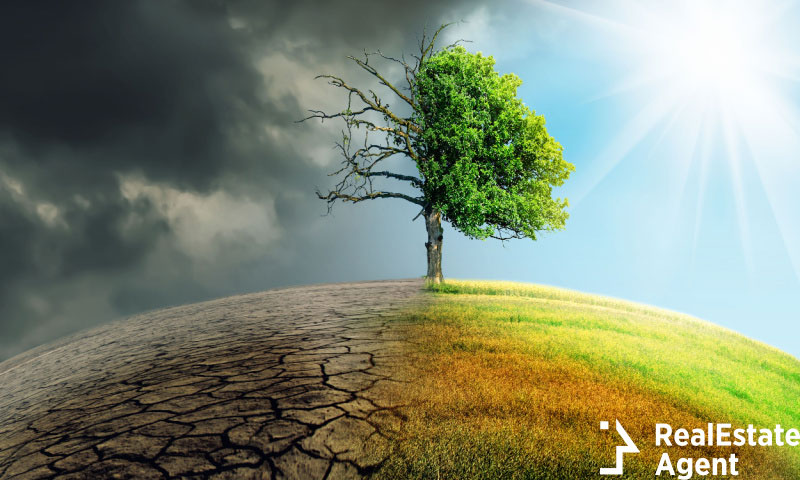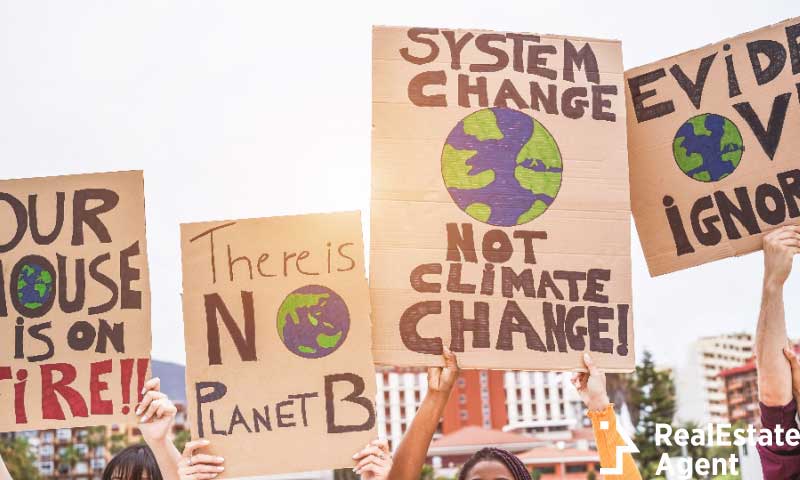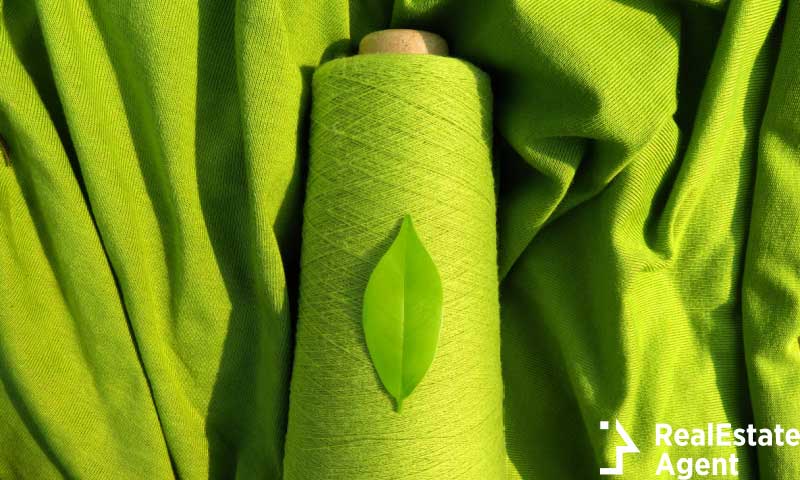The concept of self-sustainability is becoming increasingly important as we strive to protect our environment and take steps on a personal level to preserve it for future generations. There are so many areas one can start to change and build new, healthier habits. But one of the areas where we can make the most tangible impact is within our own homes. By choosing to live in self-sustainable ecological homes, we can transform our living spaces into environmentally-safe dwellings. And by shrinking our footprint, we contribute something to a healthier planet. Using strategies for creating a sustainable living space can happen on many levels, from switching to energy-efficient appliances to embracing permaculture.
Self-sustainability implies adopting a whole range of strategies. This way of life involves changes that focus on energy efficiency, water conservation, responsible waste management, and green materials. But creating ecological homes is not just about having all the best energy-efficient appliances and systems but about fostering a mindset based on environmental stewardship. Living in a self-sustainable ecological home makes it easier to practice sustainability at home and throughout our daily life as well.
In this article, we’re going to explore the best ways to make your home more sustainable. We will dig into visions of a better future and look at the benefits of living off the grid.
Cityscapes of the future
By the year 2050, the global population will reach 9.8 billion, with almost 70 percent of the population residing in urban areas. By this time, future cities will be guided by one principle of paramount importance. And that is the protection of the environment. Self-sustainability, preserving, and replenishing will become crucial, with special focus on water resources. If things go well, environmental planning will become the only kind of planning by this time.
Dream today, build tomorrow
Let’s stop for a moment and let ourselves sink into inspiring fantasies of futurology! By this time, self-sustainability and the use of renewable energy sources would be the way to ensure a sustainable energy supply. Waste will be transformed into a valuable material and energy resource. Livability will be a key consideration, promoting a harmonious human-scale urban environment. Reformulating urban landscapes with self-sustainable ecological homes and self-sustaining ecosystems could create the thriving cities we dream of. Protecting the environment would enhance the quality of life for future generations. Leaving more space for celebrating diversity, heritage and nurturing communities would benefit everyone.
With a well-built infrastructure like this, we could strive for zero carbon emissions. Meanwhile, the economy would witness increasing automation and advancement for easy and efficient online transactions.
But….we are not quite there yet. As important as it is to carry out these changes asap, the large-scale implementation still seems very far away. Yet, we can take one step at a time. We can start living by principles of self-sustainability, not just because it’s the right thing to do but also because it enhances our quality of life. Self-sustainable ecological homes offer the benefits of living off the grid. They are not only designs of the future to embrace but allow us to live healthier and closer to nature as well.
Making a home more sustainable
There are a million ways to make a home more sustainable. Some of the best practices are also surprisingly easy to implement. Of course, it’s best if a home is designed based on self-sustainability principles right from the beginning. But many principles can be implemented in the form of updates to any building, transforming it into a self-sustainable ecological home. Here are some of the best practices to consider.
Energy efficiency
Energy efficiency is a basic building block of self-sustainability. Self-sustainable ecological homes use less energy for the same things. Heating, cooling, and running appliances can happen with less energy and the same efficiency. You can start by improving insulation in your home to reduce heat loss or gain. Using LED lights, installing programmable thermostats, and smart home technology optimizes energy usage.
Opting for renewable energy is another step of planning. Consider using solar roof technology to generate clean and renewable electricity. If they are viable options for your location, explore other renewable energy sources like wind or geothermal energy. This way you can reduce your reliance on non-renewable energy consumption.
Water conservation
Install low-flow fixtures such as showerheads, faucets, and toilets to cut water usage. The cool thing about this is that you don’t have to sacrifice performance in exchange. Collect rainwater in barrels or tanks for outdoor irrigation. Fix leaks, and consider using water-efficient dishwashers and washing machines. Self-sustainable ecological homes are well-known for being efficient in conserving this precious resource.
Waste management
Self-sustainability encompasses waste management too. Implementing a comprehensive recycling system will be natural like breathing by the time you consider going all the way with your self-sustainable ecological home. Compost food scraps and yard waste to divert organic waste from landfills. Composting is an excellent way of creating nutrient-rich soil you can then use for gardening or growing your vegetables. Reduce your waste by being mindful of your consumption. This means always prioritizing reusable or sustainable alternatives.
Sustainable materials
Choose green building materials like bamboo flooring. Reclaimed wood or recycled materials are also good for your self-sustainable ecological home. Opt for furnishings and furniture made from non-toxic materials that are sustainably sourced. Those reduce your building’s environmental impact and promote a healthier indoor environment.
Water-efficient landscaping
Select native plants that are well suited to your climate and need less water. Install drip irrigation systems that deliver water directly to plant roots. Use mulch to keep moisture in the soil. The general principles of permaculture can bring a whole new dimension to landscaping and gardening. Cut the use of pesticides and fertilizers, and opt for organic alternatives instead. Pre-pesticide old knowledge can offer effective solutions and promote a healthy ecosystem.
Sustainable transportation
Self-sustainability is a way of life that doesn’t stop at owning a self-sustainable ecological home. Since you won’t live between the walls of your home, you have to move around in space. When walking, cycling, or using public transportation are not options, you need a vehicle. Consider investing in an energy-efficient option! And try to use the train, ridesharing, and carpooling whenever possible to reduce carbon emissions. By these choices, you also contribute to alleviating traffic congestion and reducing fossil fuel use.
Types of self-sustainable homes
Here are a few examples of self-sustainable ecological home types. These are considered sustainable due to their design principles and energy efficiency.
Passive houses
Also known by the German name Passivhaus, these homes focus on energy efficiency and comfort. They are functional because of their airtight construction and excellent insulation. High-performance windows and mechanical ventilation systems are also energy-efficient additions. Passive houses reduce the need for conventional heating and cooling systems. Because of this, their energy consumption is quite reduced.
Tiny houses
These compact dwellings promote minimalistic living and efficient use of space. They have a smaller environmental footprint. Because of their small size, they need fewer resources for construction and operation. Tiny houses often incorporate sustainable features. Energy-efficient appliances and alternative energy sources fit well with this concept. And the best part of owning a tiny house is that you can enjoy a larger outside space.
Earthships
Earthships are self-sustainable ecological homes designed to operate off-grid. They rely only on natural resources. Earthships are green sustainable houses built using recycled materials. Those homes incorporate passive solar design, thermal mass, and rainwater harvesting systems. Concerning energy, water, and waste management, earthships aim to be completely self-sufficient.
Green roofs and living walls
Adding green roofs or living walls to your self-sustainable ecological home can have many benefits. These can improve energy efficiency and enhance insulation. But they also reduce rainwater runoff and provide extra green spaces. Vegetation in green homes helps regulate indoor temperatures and improves air quality big time.
Net-zero energy homes
The idea of a net-zero energy home is that they generate as much energy as they consume over the course of a year. This is achieved through a combination of energy-efficient design practices. High-quality insulation, solar panels, or other renewable energy systems are typically part of the plan. Net-zero energy homes use advanced energy management and monitoring.
Straw bale homes
This type of self-sustainable ecological home utilizes straw bales. Straw bales make for excellent insulation, reducing energy consumption for heating and cooling. Straw is a renewable and widely available resource, making it a sustainable choice.
Prefabricated or modular homes
These homes are constructed off-site in a controlled factory environment. They offer reduced construction waste and shorter build times. Modular homes can easily incorporate sustainable features like energy-efficient insulation, solar panels, and water-saving fixtures.
Conclusion
Living in a self-sustainable ecological home benefits not only the individual living in it but the whole community. In the end, this can affect the future of our planet. Sustainable homes reduce reliance on non-renewable resources. They make this possible by implementing energy-efficient systems. Renewable energy sources and water conservation methods stand at the base of sustainable homes. This leads to significant cost savings and a much smaller carbon footprint. Self-sustainable ecological homes promote a healthier living environment. But maybe the most important change self-sustainability brings is a growing awareness of consumption patterns. Developing a deeper connection with nature shifts the focus to a different way of life. This awareness extends beyond the boundaries of self-sustainable ecological homes. It influences sustainable behaviors in many aspects of life, inspiring others to follow suit.
The ripple effect of choosing self-sustainable ecological homes could be remarkable on a broader scale. As more individuals adopt these practices and lifestyles, the demand for renewable energy technologies and green building practices grows. This encourages the development of local economies and fosters a mindset of self-sufficiency in communities. Hopefully, someday, the visions of futurology about self-sustainability will become the livable reality we crave.


